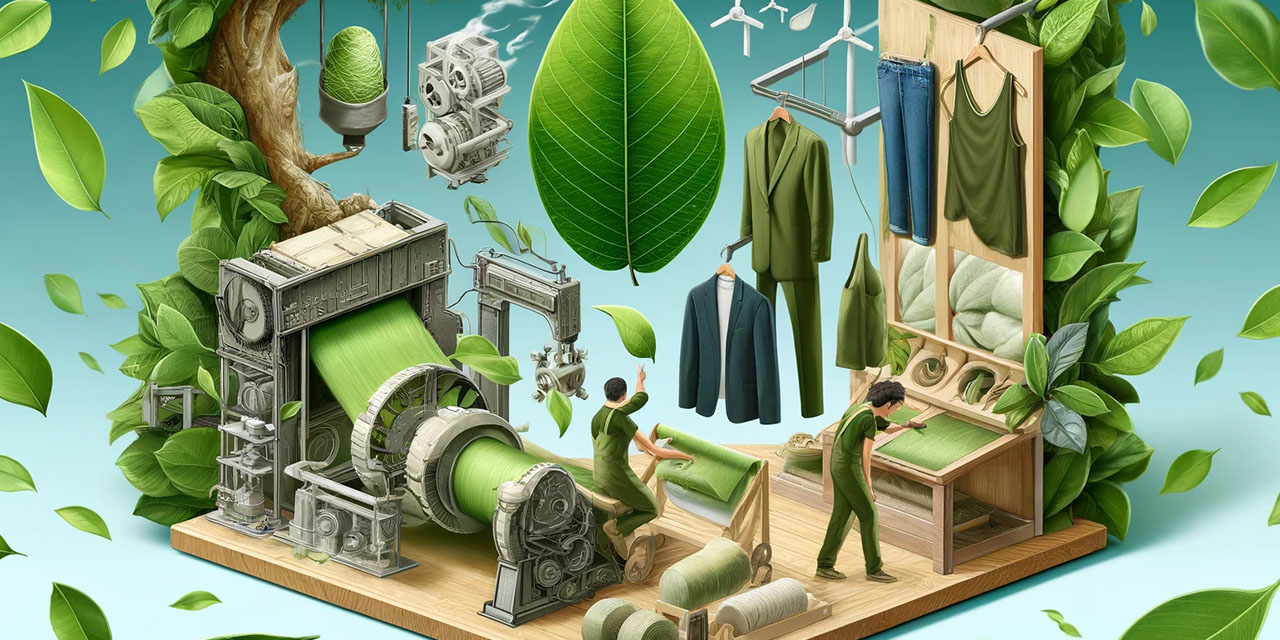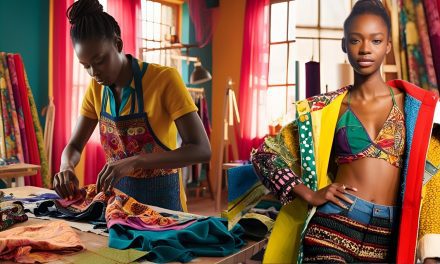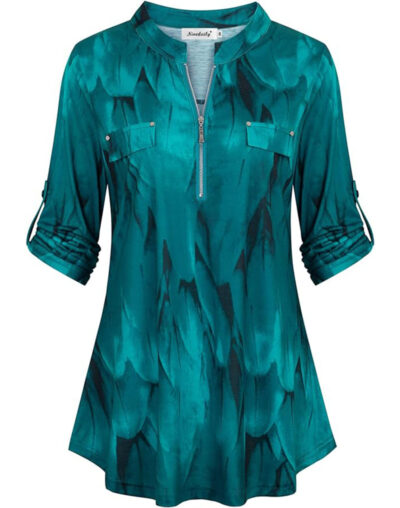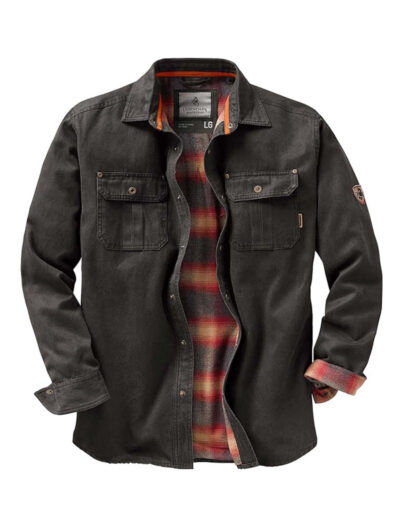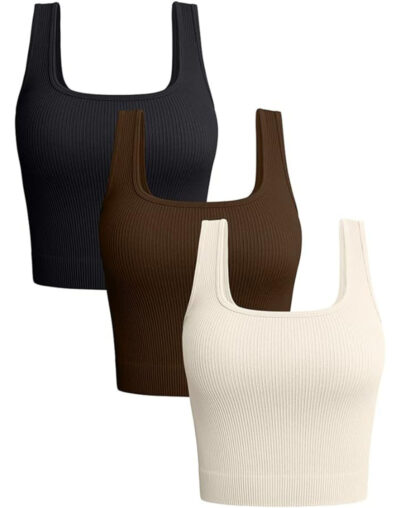In 2024, the fashion industry is making significant strides toward climate-positive practices. More specifically, it’s revolutionizing how we think about clothing production and consumption.
From sustainable materials and ethical supply chains to innovative circular systems and carbon offsetting, the shift towards climate-positive fashion is more crucial than ever.
This article will delve into the concept of climate-positive fashion. In particular, we will examine some of the initiatives related to this. Join us as we uncover the latest developments and explore the potential for a greener, more responsible fashion future.
What Are Some Current Climate-Positive Fashion Initiatives?
Current climate-positive fashion initiatives encompass:
- A range of sustainable materials
- Ethical sourcing practices
- Zero-waste production methods.
All of these practices aim to reduce the carbon footprint and foster a more environmentally friendly approach within the fashion industry. These initiatives include the use of eco-friendly design techniques. This is evident in the usage of organic cotton, recycled fabrics, and innovative sustainable materials like Tencel or lyocell.
Ethical production processes are also prioritized. This ensures fair labor practices and helps to support local communities.
Brands are adopting sustainable supply chain strategies to minimize waste and promote circularity. They are embracing concepts like upcycling and closed-loop production. These efforts collectively contribute to a more responsible and eco-conscious fashion landscape. Below, you will find the initiatives described in more detail:
Sustainable Materials and Production Methods
In the pursuit of climate-positive fashion, the utilization of sustainable materials and the adoption of renewable energy sources in production processes are pivotal initiatives. These techniques aid in minimizing the industry’s environmental impact. This also promotes eco-friendly manufacturing.
These sustainable practices reduce the carbon footprint of fashion production. More importantly, they contribute to preserving natural resources and biodiversity.
By incorporating renewable energy sources, such as solar and wind power, fashion manufacturers can significantly decrease their reliance on fossil fuels. This, in turn, lowers greenhouse gas emissions.
Eco-friendly manufacturing processes also encourage innovation and creativity. They foster the development of stylish, high-quality products that align with sustainable values. This drives positive change in the fashion industry.
Ethical and Transparent Supply Chains
Ethical and transparent supply chains form a cornerstone of climate-positive fashion initiatives. They ensure ethical sourcing practices, sustainable production, and responsible consumption. This reduces the environmental impact of the fashion industry.
Sustainable brands must prioritize ethical sourcing. They can do this by ensuring that the materials used are harvested or produced in a responsible manner that respects both people and the planet.
The fashion industry can contribute to a more sustainable and ethical fashion movement by incorporating sustainable practices throughout the supply chain. This should start from sourcing raw materials all the way up to manufacturing and distribution.
This shift towards responsible consumption promotes the growth of ethical fashion. In fact, it encourages consumers to support brands that align with their values and advocate for a more transparent and sustainable industry.
Circular Fashion Systems
Implementing circular fashion systems represents a progressive initiative in climate-positive fashion. It promotes sustainable practices, embraces the circular economy, and shapes sustainable fashion trends. All of these factors aid in minimizing waste and environmental impact.
By reusing, repairing, and recycling materials, circular fashion systems extend the life cycle of clothing. They also reduce the strain on natural resources and divert textiles from landfills. This approach fosters a shift towards a sustainable lifestyle, aligning with green initiatives and the principles of the circular economy.
As these systems gain momentum, they drive emerging fashion trends. This helps to prioritize longevity, quality, and ethical production methods.
Carbon Offsetting and Reduction
Carbon offsetting and reduction initiatives are instrumental in a climate-positive fashion. They aim to achieve carbon neutrality.
This can be done by reducing the industry’s carbon footprint and fulfilling environmental responsibility. The result is the continued growth of green fashion and eco-friendly design.
These efforts are crucial in mitigating the environmental impact of fashion production and consumption. The fashion industry can actively work towards reducing its carbon emissions through several ways, such as:
- Investing in renewable energy.
- Implementing sustainable practices in the supply chain.
- Supporting reforestation projects.
Doing so offers two key benefits. First, it aligns with consumer demand for eco-friendly products. And two, it fosters an environmentally responsible reputation for fashion brands.
Carbon offsetting and reduction are pivotal to a more sustainable and environmentally conscious fashion industry.
Are you eager to learn more about the climate-positive initiatives in the fashion world? If so, don’t hesitate to visit our website, You’re In Style.
